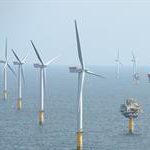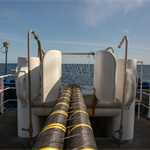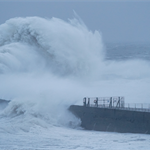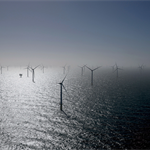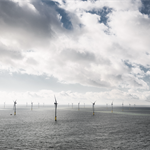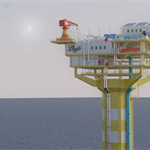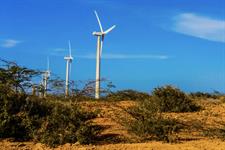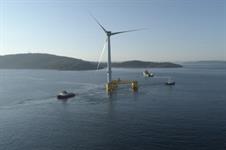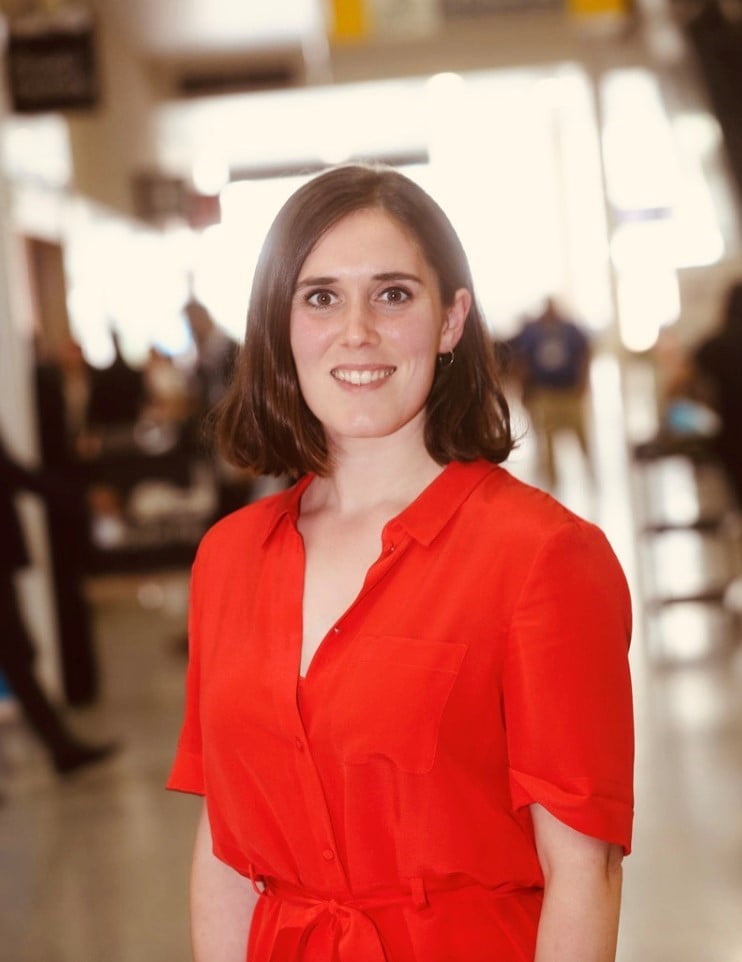‘Hybrid’ interconnector to give North Sea offshore wind direct access to two markets
Energy Disrupter

Also referred to as a hybrid interconnector, the ‘LionLink’ subsea high-voltage direct current (HVDC) electricity cable was named as a key project at the latest North Sea summit in Ostend, Belgium.
The UK’s National Grid Ventures and German-Dutch network operator Tennet will develop the project. Tennet said studies for the Lion Link, including further analysis of existing developments and proposals as part of an integrated European grid, will take place in the next few years.
Following more research and a wider analysis of the project’s socio-economic costs and benefits, the development phase will result in a final investment decision in the middle of this decade.
Dutch energy minister Rob Jetten and UK secretary of state for energy security and net zero Grant Shapps welcomed the opportunity to connect up to 2GW of offshore wind to the two markets.
The Dutch and British energy markets were first connected in 2011 via the BritNed point-to-point interconnector.
“With the North Sea becoming the largest supplier of green electricity for the Netherlands and large parts of Europe, we are ready to expand the interconnection between the two countries,” Jetten said.
“Close collaboration on offshore wind energy and interconnection among the North Sea countries is imperative,” he added, pointing out that better grid connections would allow any surplus of wind-generated electricity to be shared instantly to locations with power shortages.
Tennet is behind a number of HVDC cable connectors between European countries.


